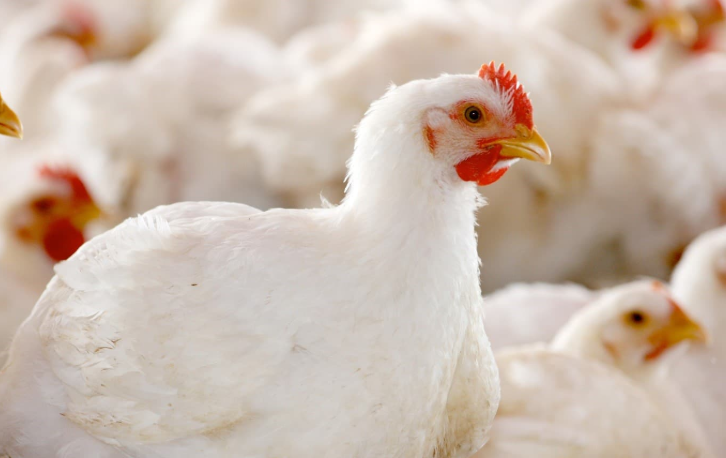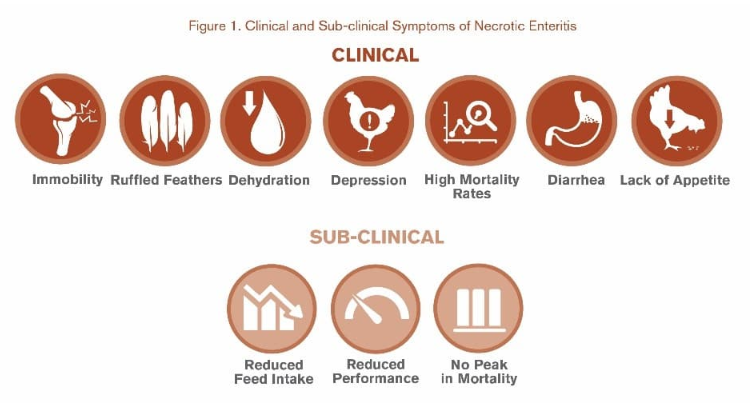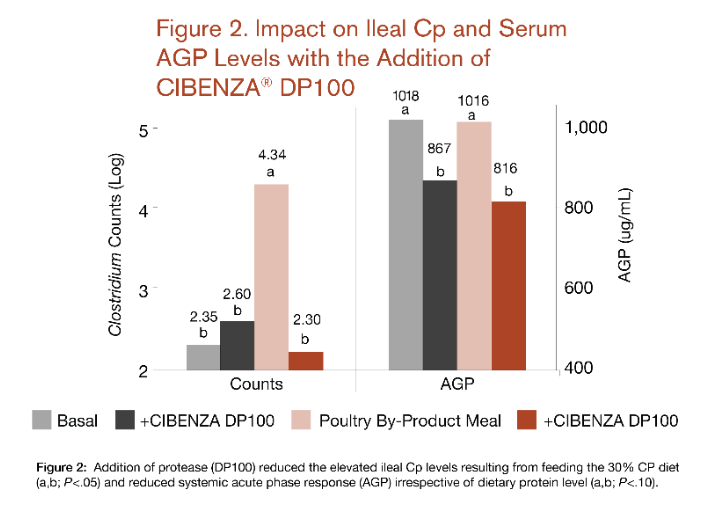



Protease: A promising tool to alleviate losses due to necrotic enteritis
Necrotic enteritis has been estimated to affect up to 40 percent of commercial broiler flocks and is believed to cost the industry roughly 5 cents per broiler in the United States. On average, necrotic enteritis negatively impacts the global poultry industry by over $2 billion every year.Author: Dr Ajay Bhoyar, Senior Manager, Global Poultry Marketing – Novus International, Inc.
In the past, sub-therapeutic levels of antibiotics incorporated into poultry feed played an important role in the prevention of necrotic enteritis. Antibiotics and other antibiotic growth promoters modify the microflora populations in the intestine, minimising the chance for coccidiosis and necrotic enteritis development. However, many countries today have banned the use of antibiotics in animal feed due to consumer concerns of the development of antibiotic resistant bacteria. Even in countries where still legal, large corporations are discontinuing antibiotic use due to this consumer pressure.
The withdrawal of antibiotic use in feed is one of many predisposing factors for necrotic enteritis. This decrease in antibiotic use has resulted in negative impacts on bird average daily gains and feed conversion ratios (FCR), as well as an increase in the number of confirmed cases of necrotic enteritis. Consequently, this has resulted in an increase in the usage of therapeutic antibiotics to treat necrotic enteritis after it has occurred in the animal.
Necrotic enteritis at-a-glance
Necrotic enteritis is caused by Clostridium perfringens, which is a spore-forming, anaerobic bacterium. The spores produced by this bacterium are prevalent throughout the environment and can be found in soil, water, faeces, feed and poultry litter. In addition, small amounts of C. perfringens are naturally present in the intestines of healthy birds. The “good” bacteria in a healthy bird keep the population of C. perfringens at an insignificant level. However, when conditions in the intestinal tract change, the population of C. perfringens can increase and necrotic enteritis may appear.
This disease commonly affects broilers two- to five-weeks old, and turkeys seven- to twelve-weeks old. It may present itself in either a clinical or subclinical form. The symptoms of the clinical form include ruffled feathers, depression, immobility, diarrhoea, dehydration and lack of appetite. As a result of the clinical form, mortality rates are high and birds can die within a few hours. Conversely, the symptoms of the subclinical form of necrotic enteritis are not as recognisable. Birds affected by the subclinical form may show signs of reduced feed intake and reduced performance, but no peak in mortality is witnessed. As a result, birds suffering from subclinical necrotic enteritis often go untreated due to a lack of diagnosis, resulting in large economic losses for the producer.
Necrotic enteritis will typically last in a flock for five to ten days and can cause mortality rates up to 50 percent. Dead birds appear dehydrated and produce a foul odour. The jejunum and ileum of the small intestine are typically covered in macroscopic lesions, sometimes extending to the duodenum or ceca. The small intestine is usually friable and ballooned with gas, and contains a foul-smelling brown liquid. Also, the intestinal mucosa may be covered in a tan/yellow pseudo-membrane.
There are several existing predisposing factors for necrotic enteritis which need to be addressed in order to understand ways the disease can be prevented. These predisposing factors include disease exposure, individual feed ingredients, environmental stress and a decrease in the use of in-feed antibiotics.
Feed enzymes support gut health, especially in the absence of antibiotics
Cereal-based diets, those made up of corn, barley, rye, oats or wheat, contain non-starch polysaccharides which are not easily digested by poultry. The ingestion of non-starch polysaccharides causes an increase in digesta viscosity, which in turn, negatively impacts the digestion of necessary nutrients. These undigested nutrients enter the small intestine and lead to microbial growth of C. perfringens, which favour this nutrient-rich environment.
Another predisposing dietary factor includes diets high in protein. In the small intestine, proteins are broken down into ammonia and amines, thus increasing the pH and favouring bacterial growth, including C. perfringens. Protein sources such as fishmeal, meat and bone meal, and soybean meal may increase the chances of necrotic enteritis in poultry. These protein sources contain some amounts of indigestible protein and amino acids that accumulate in the ceca and serve as a substrate for C. perfringens to flourish.
Therefore, enzymes can be an effective solution when looking at necrotic enteritis prevention measures. One approach to take towards tackling necrotic enteritis is through the inclusion of a high-quality protease feed enzyme in the formulated feed. Protease enzymes can reduce the risk of necrotic enteritis by improving digestion and absorption of nutrients.
Protease: Optimizing protein digestibility
The addition of a high-quality protease, such as CIBENZA® DP100 from Novus International, allows for maximum flexibility in dietary formulations, and optimises dietary energy and protein digestibility.
CIBENZA DP100 is an intrinsically heat-stable, broad-spectrum protease that complements animals’ endogenous enzymes to hydrolyze less-digestible proteins in animal feeds. Research has demonstrated CIBENZA DP100 enhances dietary protein digestibility, supports animal performance and reduces feed cost when compared to other protease sources.
Inclusion of CIBENZA DP100 improves digestion of protein in feed ingredients, thereby allowing lower inclusion of total protein when formulating poultry diets. Secondly, due to the increased digestion of protein, a lesser amount of undigested protein is passed into the hind gut. This consequently reduces the proteolytic fermentation that can lead to formation of potentially toxic end products, such as biogenic amines, phenolic components, ammonia and other volatile components, which are detrimental to the health and production performance of poultry.
As CIBENZA DP100 is effective in reducing the amount of undigested protein, it leaves less protein available for C. perfringens growth in the gut, which may lead to a lower incidence of necrotic enteritis (Figure 2).
It is important to be proactive in controlling the proliferation of necrotic enteritis. Numerous preventive measures are suggested to reduce the initial risk for contracting the disease, such as the use of good management practices, vaccines, probiotics, organic acids and essential oils. When intestinal health is emphasised, there is a reduced risk for C. perfringens growth and necrotic enteritis development within the bird. CIBENZA DP100 provides the solution needed to support optimal gut health, animal performance and welfare, as well as producer profitability.












